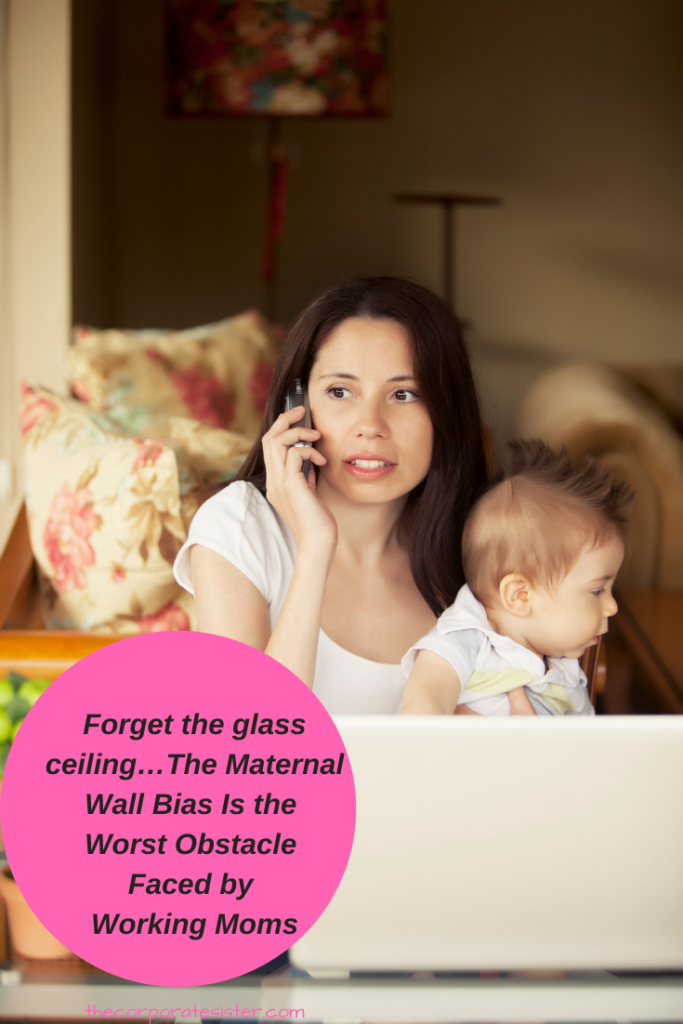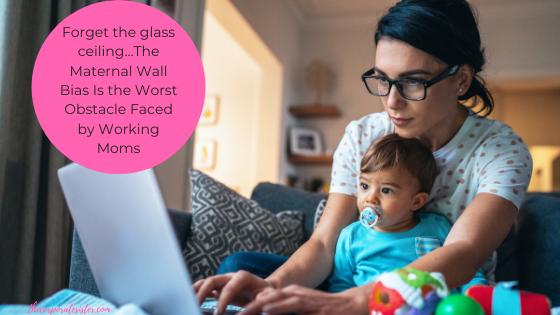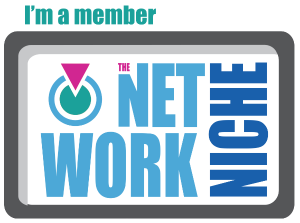“ Will you be able to resume your functions after baby?”
“ Are you able to effectively work from home with your children?”
“Shouldn’t you be home with your kids?”
These are only some of the questions and assumptions many, if not most, working moms face in the course of their careers. While we hear so much about the glass ceiling, this seemingly impenetrable, gender bias in career advancement separating professional men and women, what we don’t talk about as much is the maternal wall bias. This form of discrimination largely experienced by working mothers in the workplace perpetuates the false perception that mothers and pregnant women are less competent, productive and effective at work. This pervasive stereotype is manifest in hiring practices, promotion processes, and career growth and advancement in general.
According to a 2018 PNAS study, 43% of working moms in the Sciences, Technology, Engineering and Maths (STEM) fields dropped their full-time employment after becoming mothers, as opposed to only 23% of men after becoming parents. This statistic, along with many similar ones in other industries, illustrates well how many working mothers are pressured to leave the workplace while, or after having children. The other common alternative for working or expectant mothers is to resign themselves to the more stagnant, less growth oriented “mommy track”, which is especially prevalent in situations where they take advantage of flexible scheduling for family and childcare-related reasons.

The maternal wall bias is embedded in how society traditionally views mothers, whose primary role is assumed and expected to be in the home. This general expectation is also at the root of the deep gender imbalance felt by working mothers throughout the COVID-19 pandemic, during which mothers had to carry the brunt of the home responsibilities while quarantined along with their work duties. Whereas pre-pandemic, the pressure of required “face time” in the office left many working mothers stuck between their careers and roles as mothers; during this global health crisis, moms now had to grapple with blurred work and life boundaries, a never-ending cycle of work on the home and professional fronts, and the reversal of decades of feminist progress in favor of backtracking to antiquated traditional gender stereotypes.
As the world of work is increasingly evolving from a more traditional to a more technology-focused, remote environment, some of this bias could be alleviated by leveling the playing field for remote and hybrid employees. However, for working mothers, working from home also means grappling with the unequal gender division of labor, thus multiplying the weight on their shoulders. And as companies and organizations seek to return their employees to the office, working mothers may again face the harsh pressure of having to choose between work and motherhood…
In a society still plagued by the unfair distribution of childcare resources, as well as health, political and economic uncertainty, the maternal wall bias may constitute a much larger threat than the glass ceiling for working mothers…And maybe this should be the one gender bias we should focus more on…
The Corporate Sister







